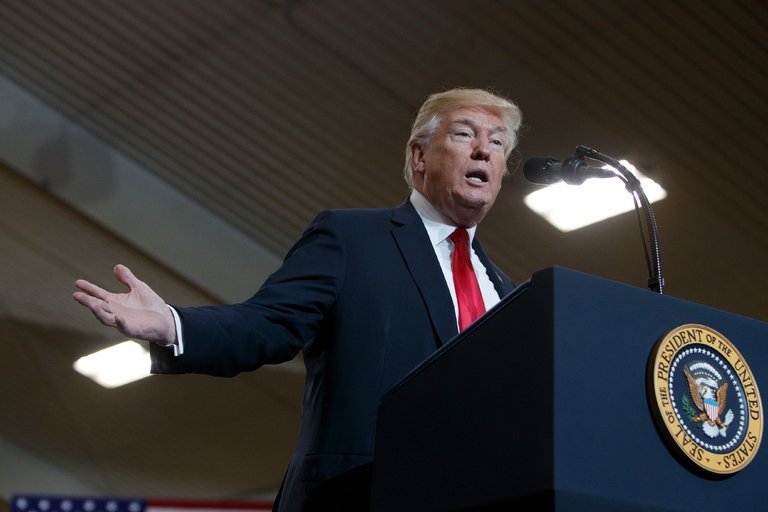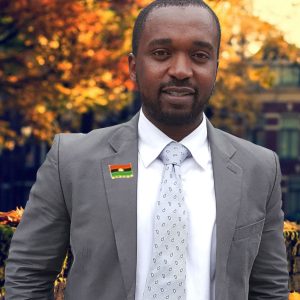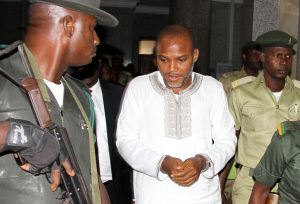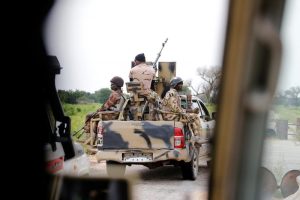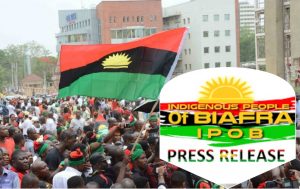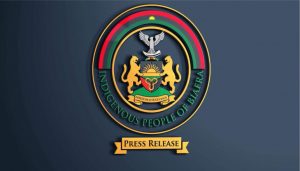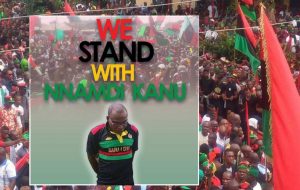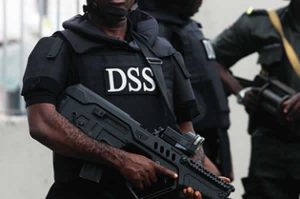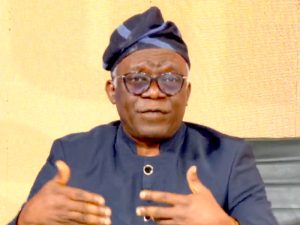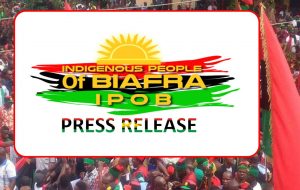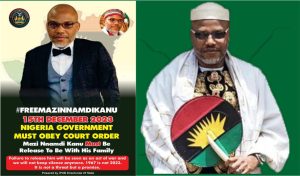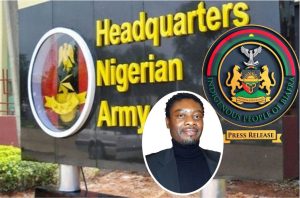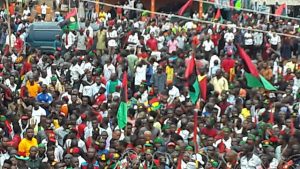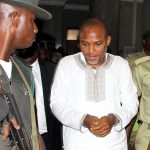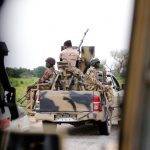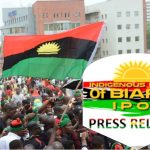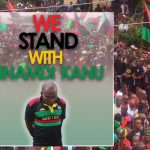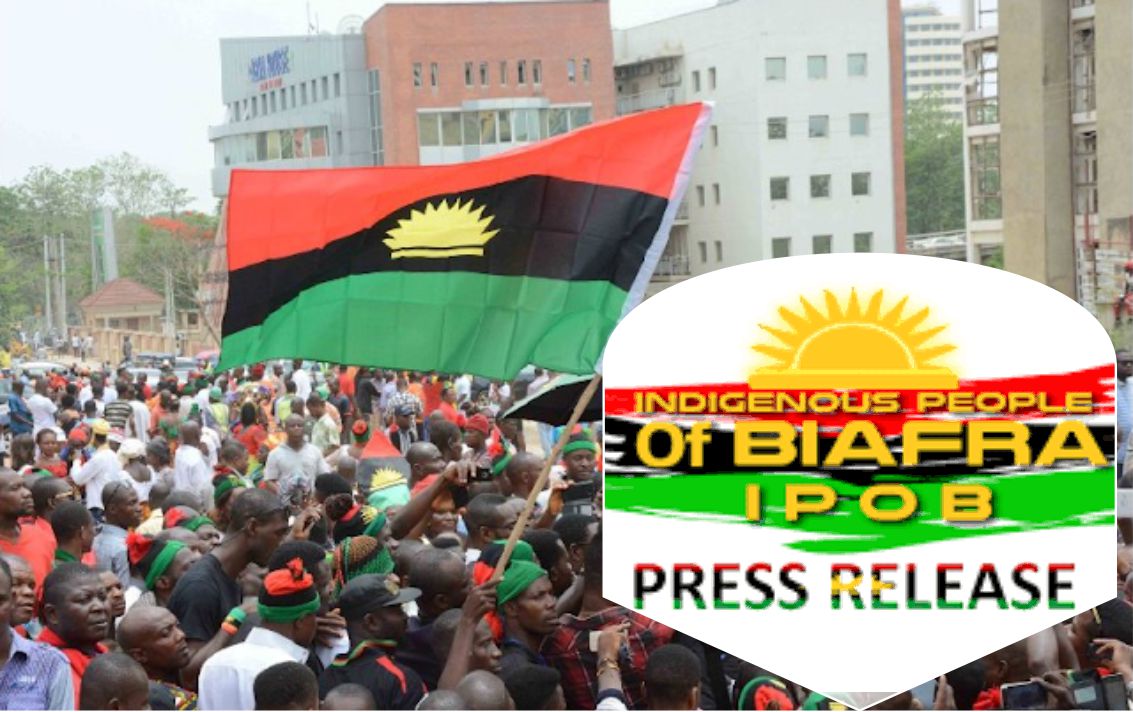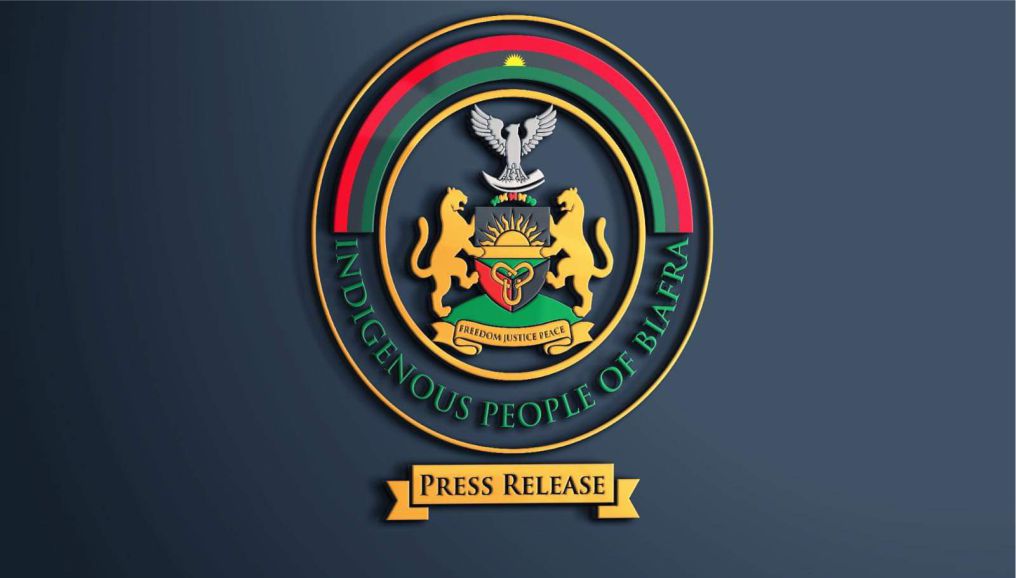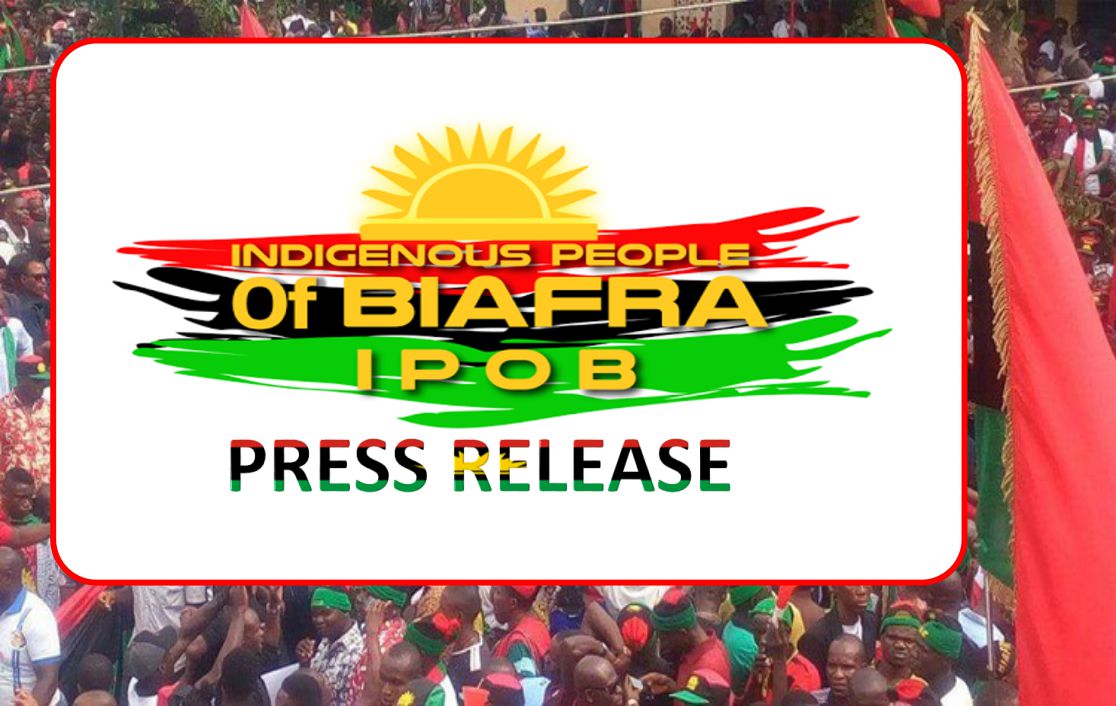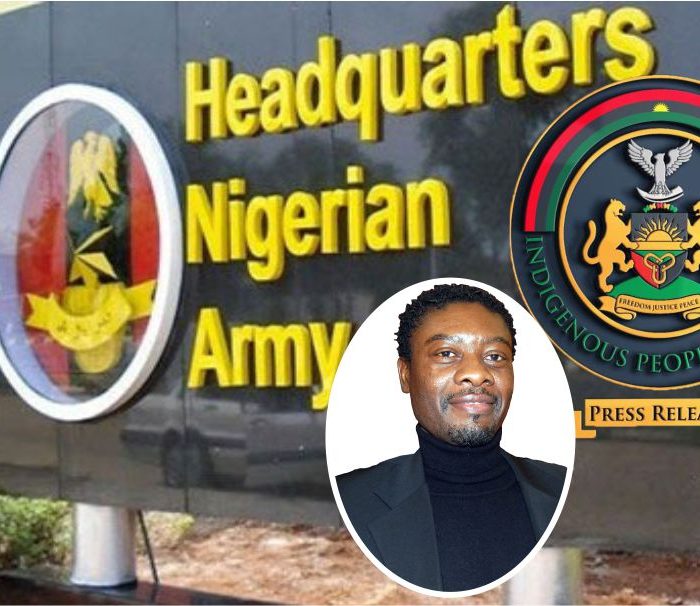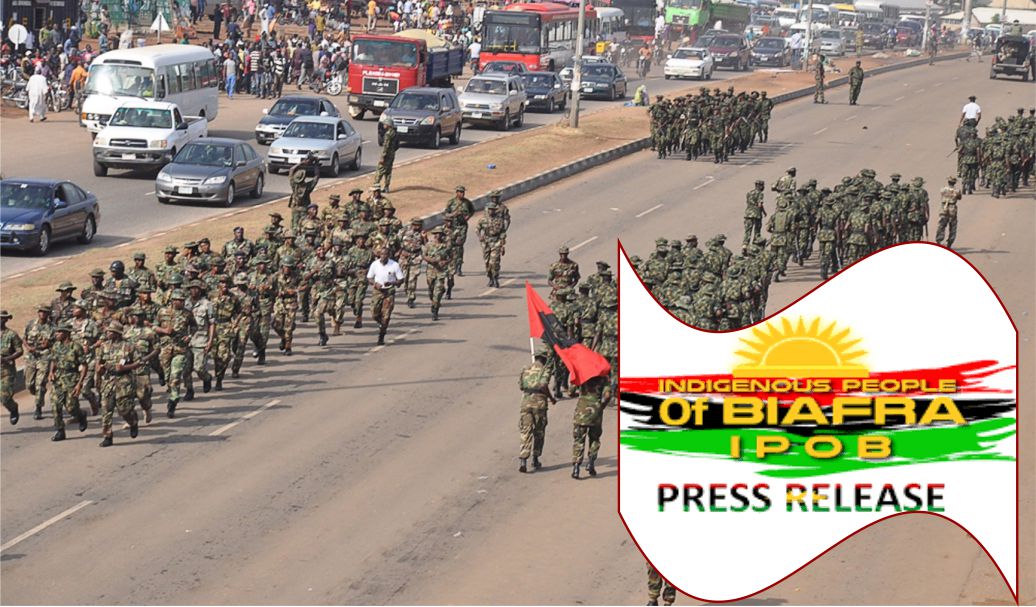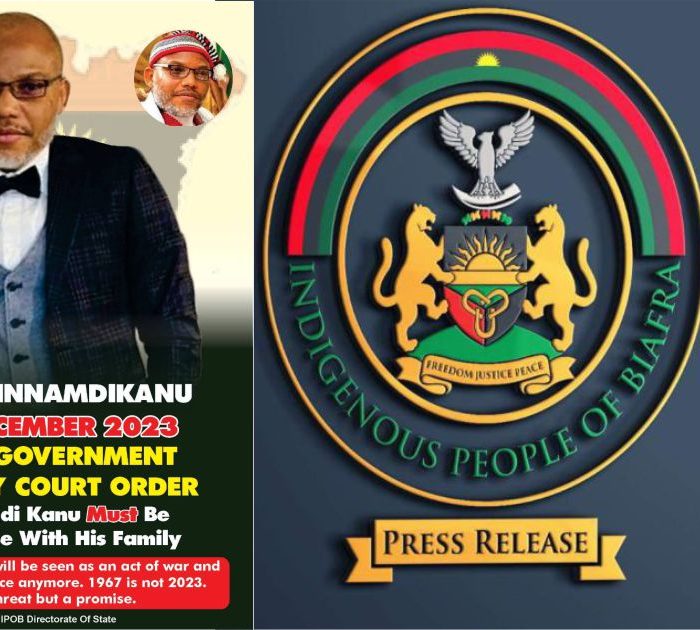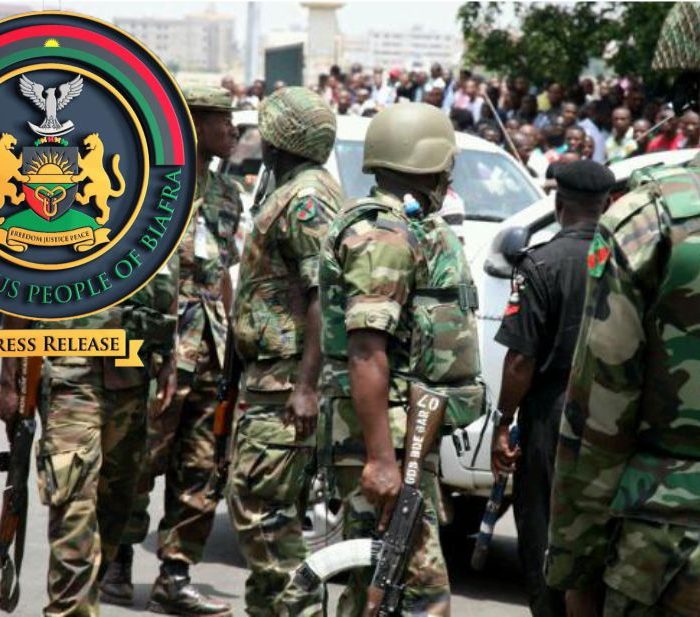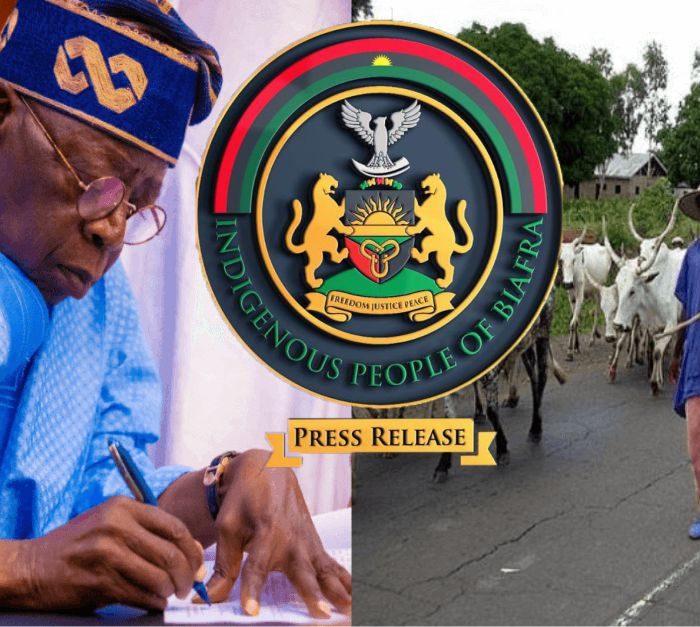Supported by
Politics
Trump Heralds a New Trade Deal, Then Says He Might Delay It
RICHFIELD, Ohio — President Trump heralded a new trade agreement with South Korea at his first public appearance in nearly a week on Thursday, but then immediately suggested that he might delay finalizing it while negotiating with North Korea over its nuclear program.
“I may hold it up until after a deal is made with North Korea,” Mr. Trump said, immediately after celebrating the new agreement. “Does everybody understand that? You know why, right? You know why? Because it’s a very strong card.”
He added, “We’ll probably hold that deal up for a little while, see how it all plays out.”
It was unclear what leverage Mr. Trump believed he could gain in the North Korea talks by delaying the deal with the South. The move could be an attempt by Mr. Trump to prod President Moon Jae-in of South Korea to hold a firm line with North Korea when talks begin over its nuclear program. Raj Shah, a White House spokesman, said in a statement that South Korea and the United States had reached an agreement “in principle.”
“The president, taking into account all relevant considerations — including negotiations with North Korea — will determine the best time to sign a finalized agreement on behalf of the United States,” he said.
Advertisement
Continue reading the main story
But Mr. Trump’s comments seemed to undercut a weeklong White House effort to promote the agreement. And they were in keeping with the at-times confusing tone of Mr. Trump’s speech at a muddy-floored training center for union workers here in this Cleveland suburb: His appearance was billed as an attempt to promote his infrastructure plan, but Mr. Trump addressed it only briefly near the end of his remarks, and said it was unlikely to pass soon.
Continue reading the main story
After a week marked by persistent scandals and high-profile staff departures, policy was not at the forefront of the president’s mind. Mr. Trump seemed intently focused on delivering his own progress report to supporters on a range of red-meat issues, including his zeal for improving border security, his promise to construct a border wall with Mexico, his administration’s efforts to roll back what he called “job killing” regulations and his thwarting of Democrats.
“Really, I have gotten done much more than I promised,” Mr. Trump said. “We did a lot of things I didn’t even promise.”
In the driving rain, Mr. Trump made his way to the training center, where he had been scheduled to sell an ambitious plan that would try to leverage $200 billion in federal spending to generate $1.5 trillion in total spending on projects such as tunnels, bridges and highways. White House officials had framed the event as a ramp-up, but this conflicted with the president’s decision to say he would push the plan to next year, declaring that he did not expect it to pass at least until after the November midterm elections.
Also curiously, Mr. Trump spent little time on the trade deal struck with South Korea this week, which had been a win for his administration. That continued a relatively muted celebration: The announcement of that agreement’s details came not from Mr. Trump or his White House, but from South Korean officials; Trump administration officials unveiled the plan days later in a conference call with reporters.
Instead, Mr. Trump disparaged a previous version of a South Korea trade agreement as a “horror show” and a “Hillary Clinton special.” He mused to the crowd that he might hold up finalizing the deal while he pursues planned talks with North Korea.
“Certainly, the rhetoric has calmed down just a little bit, would you say?” Mr. Trump asked the crowd. “We’ll see how it all turns out.”
Mr. Trump seemed to veer off script in other areas as well. At one point, he suggested that he planned to pull American troops out of Syria, where they have aided a military campaign that has recaptured the vast majority of the territory once controlled by the Islamic State, or ISIS. “We’re knocking the hell out of ISIS,” he said. “We’ll be coming out of Syria, like, very soon. Let the other people take care of it now.”
As the crowd applauded, he added: “Very soon, very soon we’re coming out. We’re going to have 100 percent of the caliphate, as they call it — sometimes referred to as ‘land’ — taking it all back quickly, quickly.”
Advertisement
Continue reading the main story
The comment seemed in conflict with plans by his national security team to keep a small force in place. As recently as Tuesday, Defense Secretary Jim Mattis said that while American forces were no longer in “an offensive effort on the ground” and had “drawn off slightly” to avoid accidental conflict with Russian troops, they continued to play a role. “We continue the operations in Syria,” he said.
Some foreign policy specialists said a complete withdrawal of American troops from Syria would leave a dangerous void. “If we’re pulling those troops out, we’re ceding the remnants of Syria to the Russians and the Iranians and the other actors, which actually I would argue would be a big victory for Russia,” said Jamie M. Fly, a Republican scholar at the German Marshall Fund of the United States.
Mr. Trump eventually focused on infrastructure on Thursday, zeroing in on his plan to speed up permitting. But the subject and timing of the president’s focus on his plan, announced in February, are curious. Congressional Republicans have not shown much appetite for taking up the infrastructure package, and neither have Democrats, who prefer proposals with much more federal spending.
Mr. Trump acknowledged some of that reality in his remarks.
“I don’t think you’re going to get Democrat support very much,” he said. “You’re probably going to have to wait until after the election.”
Administration officials have not mounted any sort of effort, in public or private, that matches the scale of the pressure campaign they employed before the passage of Mr. Trump’s signature tax cut package last year. Perhaps the most prominent advocate of the infrastructure proposal, Gary D. Cohn, recently left his post as director of the National Economic Council. His successor, Larry Kudlow, is less enthusiastic about increases in federal infrastructure spending.
The administration envisions states, local governments and the private sector contributing the bulk of the funds, a recipe that experts doubt would result in anywhere close to the targeted level of investment.
Richard Trumka, the president of the A.F.L.-C.I.O., which has lobbied for a large infrastructure bill, said he was skeptical that the president’s visit would spur any action.
“He and Congress didn’t blink whenever they shelled out a trillion and a half dollars in tax giveaways for the rich,” Mr. Trumka said, “but we haven’t seen a nickel yet for infrastructure. He can talk about it forever, but he’s got to do something.”
Senator Chuck Schumer of New York, the minority leader, echoed that sentiment on Thursday. “Democrats are eager to work with the administration on infrastructure,” he said, “but there’s been a lack of seriousness on this issue from the White House.”
Katie Rogers reported from Richfield, and Jim Tankersley from Washington. Peter Baker contributed reporting from Washington.
A version of this article appears in print on March 30, 2018, on Page B2 of the New York edition with the headline: Praise for Trade Deal, Then Trump Suggests That He Might Delay It. Order Reprints| Today's Paper|Subscribe
Continue reading the main story Read the Original Article


